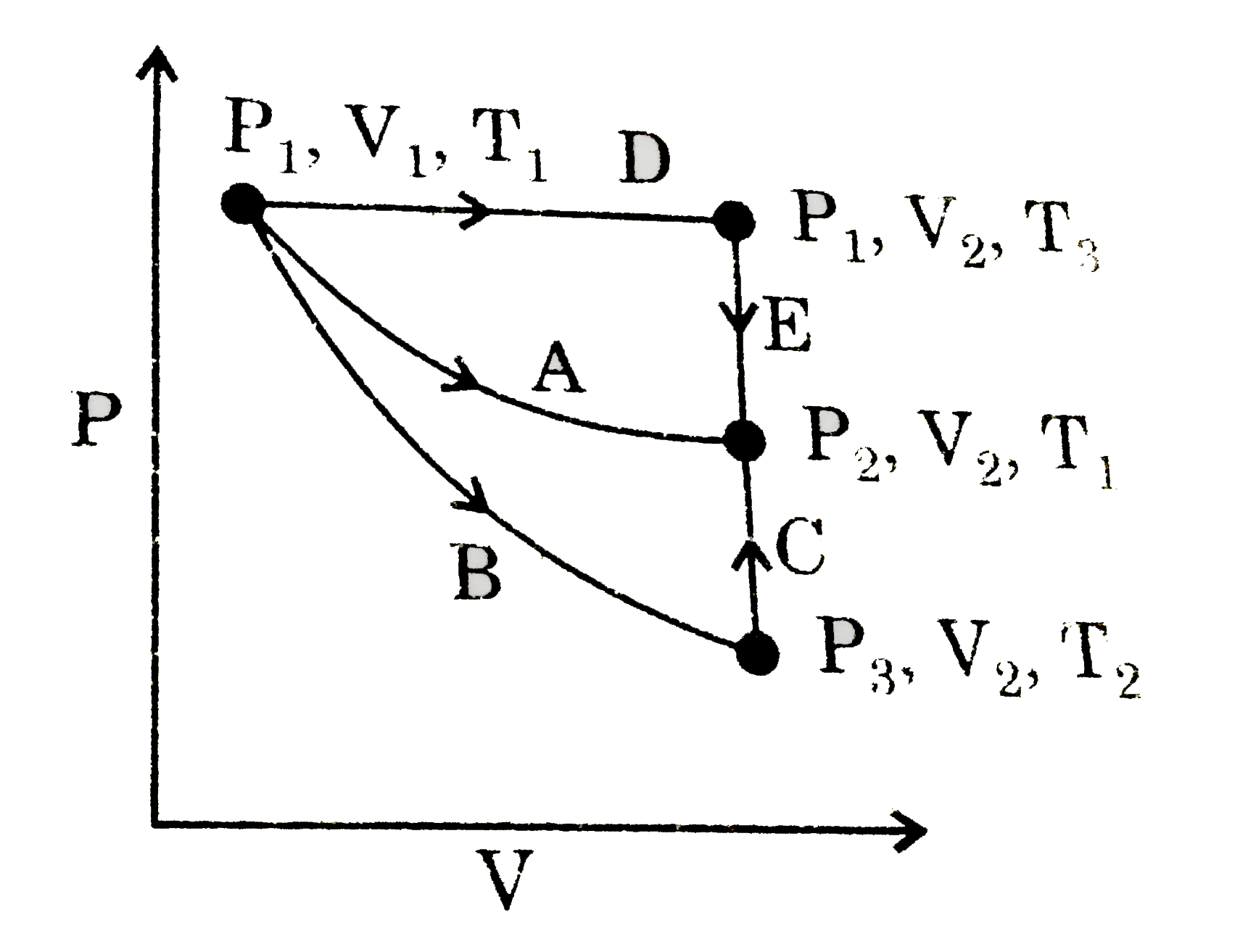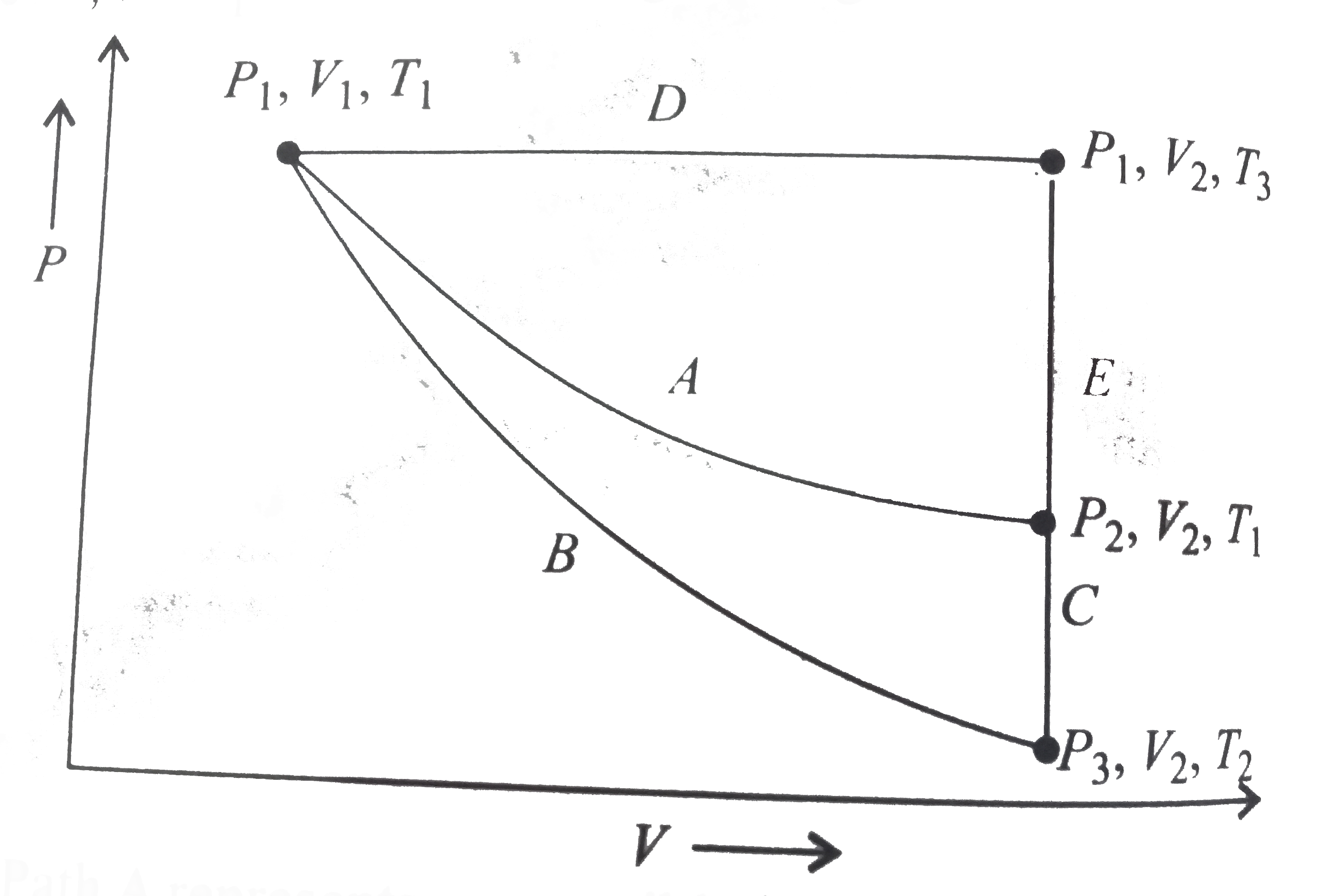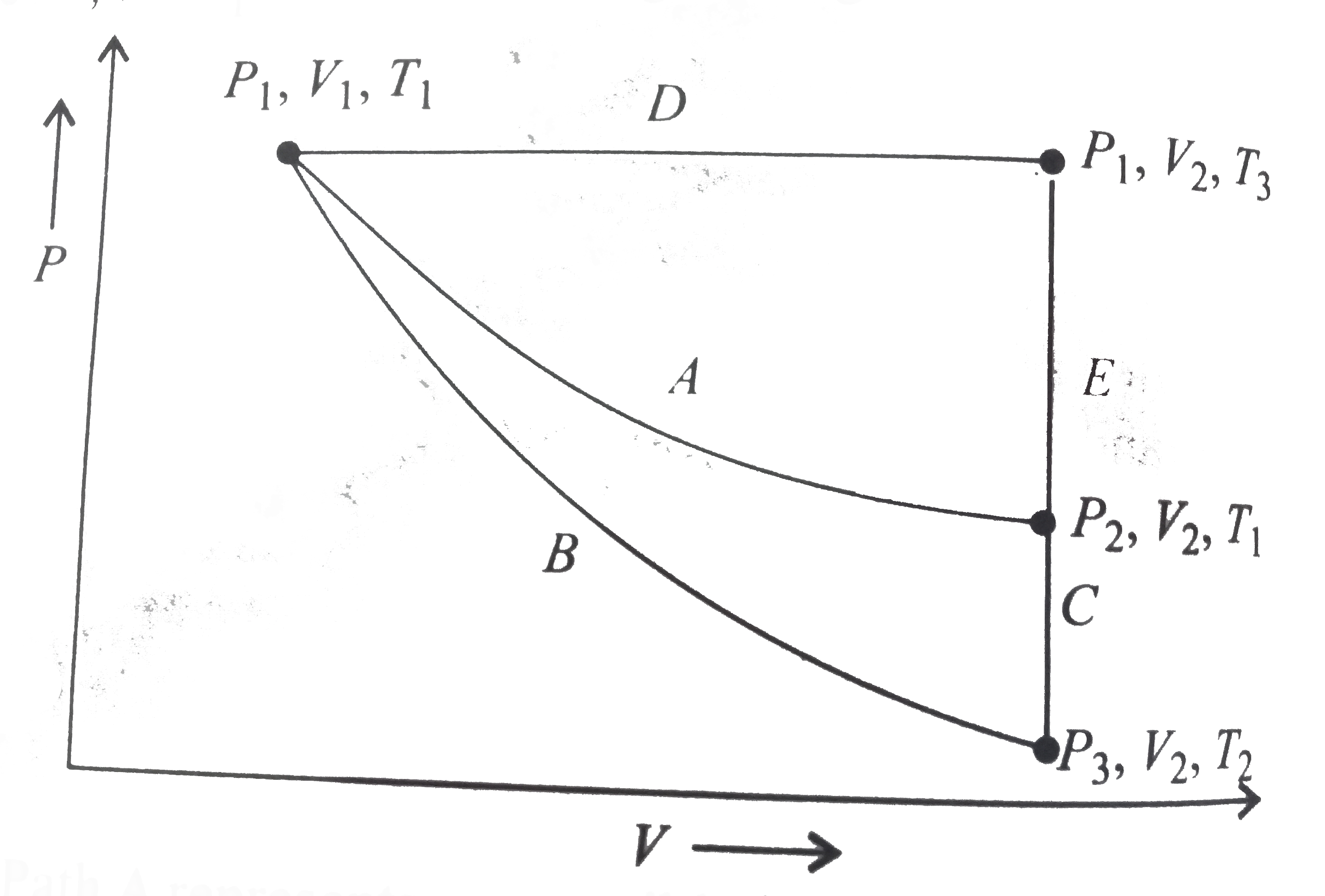A source contains two phosphorus radio nuclides 3215P(T12=14.3d) and 3315P(T12=25.3d). Initially, 10% of the decays come from 3315P . How long one must wait until 90% do so ?
Here at t=0 if activity of 3215P be R0 and R.0 that of 3315P then it is given that R0=10% of (R0+R.0) i.e., R.0=9R0orR0R.0=19
Let after a time of t days, new activities of 3215P and 3315P be R and R. such that R=9 R..
But from radioactive decay law R=R0e−λtandR. = R_(0)^(.)e^(-lambda^(.)t).
∴RR.=R0R.0e−λte−λ.t=R0R.0e(λ.−λ)t=RR.0.e−⎛⎜
⎜⎝0.693T.12−0.693T12⎞⎟
⎟⎠t
Substituting the values, we have 9=19.e((0.69314.3−0.69325.3)t)or81=e(0.69314.3−0.69325.3)torloge81=0.693(25.3−14.3)14.3×25.3.t⇒t=loge81×14.3×25.30.693×11=2.303log1081×14.3×25.30.693×11=204.2d.
Topper's Solved these Questions
- BOOK - U-LIKE SERIESCHAPTER - NUCLEIEXERCISE - CBSE Based/Source -Based Integrated Questions3videos
NUCLEI
- BOOK - U-LIKE SERIESCHAPTER - NUCLEIEXERCISE - Multiple Choice Questions30videos
NUCLEI
- BOOK - U-LIKE SERIESCHAPTER - NUCLEIEXERCISE - Self Assessment Test10videos
NUCLEI
- BOOK - U-LIKE SERIESCHAPTER - MOVING CHARGES AND MAGNETISM EXERCISE - SELF ASSESSMENT TEST (SECTION D)1videos
MOVING CHARGES AND MAGNETISM
- BOOK - U-LIKE SERIESCHAPTER - RAY OPTICS AND OPTICAL INSTRUMENTSEXERCISE - SELF ASSESSMENT TEST (SECTION B)3videos
RAY OPTICS AND OPTICAL INSTRUMENTS
Similar Questions
A source contains two phosphorus radionuclides .15P35(T1/2=14.3days) and .15P33(T1/2=25.3days). Initially, 10% of the decays come from .15P35. How long one must wait until 90% do so?
View SolutionA source contains two phosphorus radionuclides .15P35(T1/2=14.3days) and .15P33(T1/2=25.3days). Initially, 10% of the decays come form .15P35. How long one must wait until 90% do so?
View Solution
Knowledge Check
- Question 1 - Select One
One microgram of phosphorus-32 was injected into a live syetm for biological studies. The half life 15P32 is 14.3 days, calculate the time it will take the radioactivity to fall to 10% of the initial value
A47.52 daysB57.52 daysC100 daysD4.7 days - Question 2 - Select One
For an ideal monoatomic gas, an illustration of three different paths A,(B+C) and (D+E) from an initial state P1,V1,T1 to a final state P2,V2,T1 is shown in the given figure .

Path A represents a reversible isothermal from P1V1 to P2,V2, path (B+C) represent a reversible adiabatic expansion (B) from P1,V1,T1 to P3,V2,T2 followed by reversible heating of the gas at constant volume (C) from P3,V2,T2 to P2,V2,T1. Path (D+E) represents a reversible expansion at constant pressure P1(D) from P1,V1,T1 to P1,V2,T3 followed by a reversible cooling at constant volume V2(E) form P1,V2,T3 to P2,V2,T1
What is ΔS for (D+E)?AzeroB∫T1T3CV(T)TdtC−nR InV2V1DnR InV2V1 - Question 3 - Select One
For an ideal gas, an illustratio of three different paths A(B+C) and (D+E) from an initial state P1,V1,T1 to a final state P2,V2,T1 is shown in the given figure.

Path Arepresents a reversible isothermal expansion form P1,V1 to P2,V2, Path (B+C) represents a reversible adiabatic expansion (B) from P1,V1,T1→P3,V2,T2 followed by reversible heating the gas at constant volume (C)from P3,V2,T2 to P2,V2,T1. Path (D+E) represents a reversible expansion at constant pressure P1(D) from P1,V1,T1 to P1,V2,T3 followed by a reversible cooling at constant volume V2(E) from P1,V2,T3→P2,V2,T1.
What is qrev, for path (D+E)?AP(V2−V1)B∫T1T3CV(T)TdTCnRInV2V1D∫T3T1CV(T)dT
A radioactive sample contains two radionuclids A and B having décay constant λh−1 and 2λh−1. Initially, 25% of total decay comes from A. How long (in h ) will it take before 75% of total decay comes from A. (Take λ=ln3)
View Solution15Pr−1:15Pr−2=3:4, then r=
View SolutionFor an ideal gas, an illustratio of three different paths A(B+C) and (D+E) from an initial state P1,V1,T1 to a final state P2,V2,T1 is shown in the given figure.

Path Arepresents a reversible isothermal expansion form P1,V1 to P2,V2, Path (B+C) represents a reversible adiabatic expansion (B) from P1,V1,T1→P3,V2,T2 followed by reversible heating the gas at constant volume (C)from P3,V2,T2 to P2,V2,T1. Path (D+E) represents a reversible expansion at constant pressure P1(D) from P1,V1,T1 to P1,V2,T3 followed by a reversible cooling at constant volume V2(E) from P1,V2,T3→P2,V2,T1.
What is ΔS for path (D+E)?View SolutionFor an ideal gas, an illustratio of three different paths A(B+C) and (D+E) from an initial state P1,V1,T1 to a final state P2,V2,T1 is shown in the given figure.

Path Arepresents a reversible isothermal expansion form P1,V1 to P2,V2, Path (B+C) represents a reversible adiabatic expansion (B) from P1,V1,T1→P3,V2,T2 followed by reversible heating the gas at constant volume (C)from P3,V2,T2 to P2,V2,T1. Path (D+E) represents a reversible expansion at constant pressure P1(D) from P1,V1,T1 to P1,V2,T3 followed by a reversible cooling at constant volume V2(E) from P1,V2,T3→P2,V2,T1.
What is qrev, for path (D+E)?View SolutionFor an ideal gas, an illustratio of three different paths A(B+C) and (D+E) from an initial state P1,V1,T1 to a final state P2,V2,T1 is shown in the given figure.

Path Arepresents a reversible isothermal expansion form P1,V1 to P2,V2, Path (B+C) represents a reversible adiabatic expansion (B) from P1,V1,T1→P3,V2,T2 followed by reversible heating the gas at constant volume (C)from P3,V2,T2 to P2,V2,T1. Path (D+E) represents a reversible expansion at constant pressure P1(D) from P1,V1,T1 to P1,V2,T3 followed by a reversible cooling at constant volume V2(E) from P1,V2,T3→P2,V2,T1.
What is ΔS for path (D+E)?View Solution

